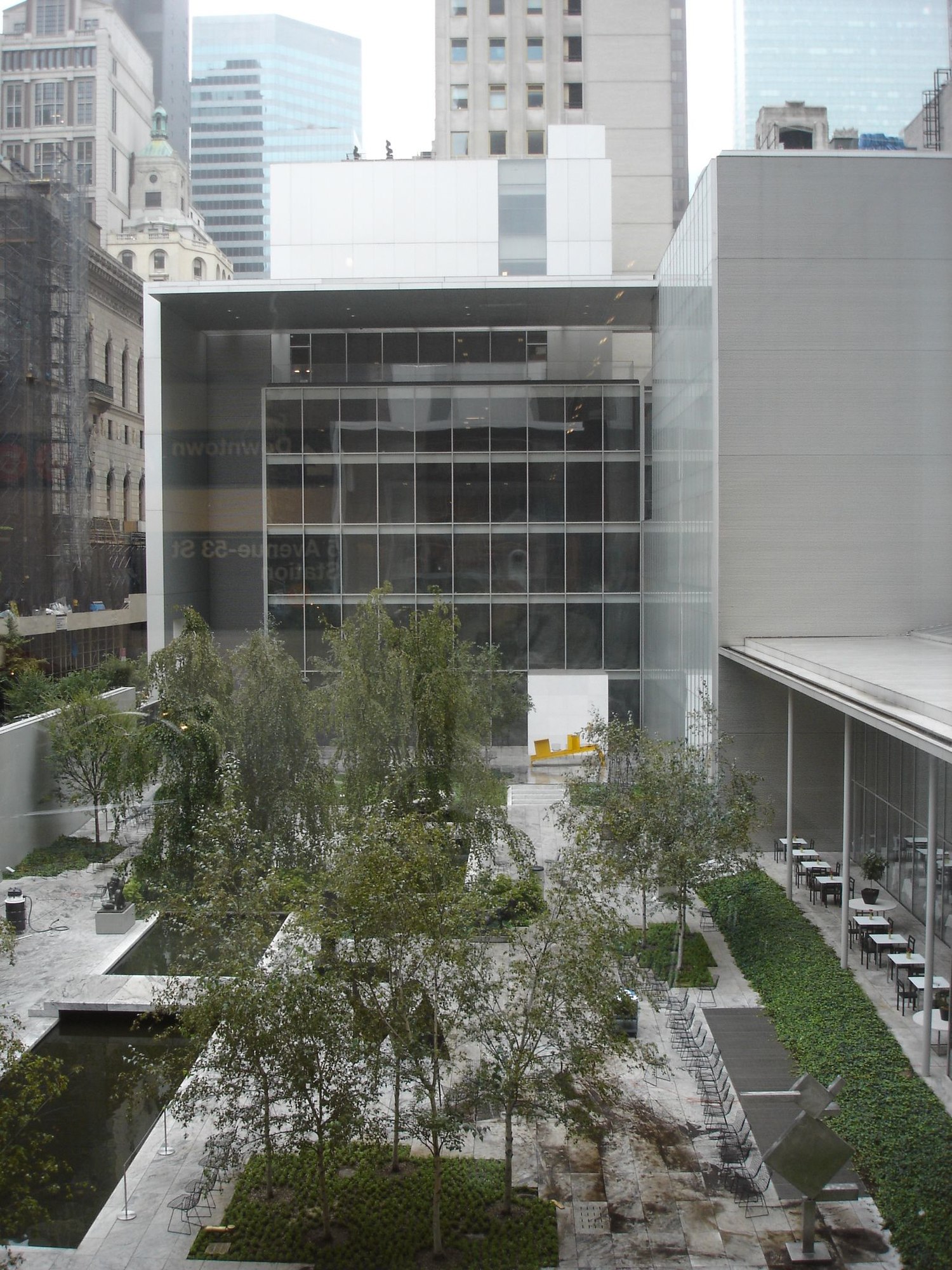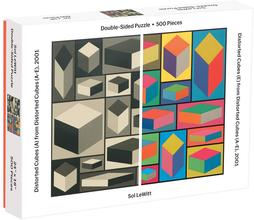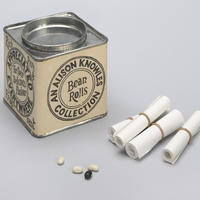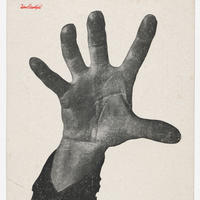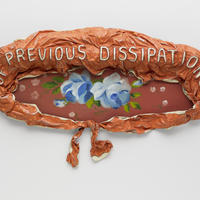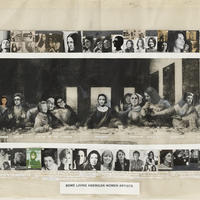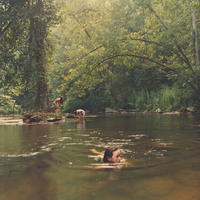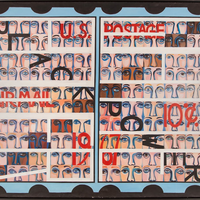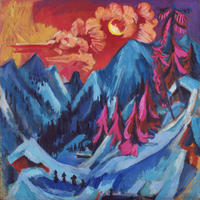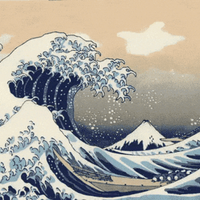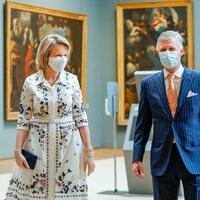More about Museum of Modern Art
- All
- Info
- Shop

Sr. Editor
MOMA, as the acronym suggests, hosts a super huge, super famous collection of modern art.
The iconic museum is a must-see New York destination, especially after the 2002 renovation which cost a cool $858 million. It’s conveniently open every day of the week, but will leave tourists out $25, the most expensive museum admission price in the already pricey city. If you’re ballin’ on a budget, head over there on Fridays after 4 p.m., when entrance is free.
Some juicy historical facts:
- In 1958, a fire destroyed an 18-foot Claude Monet painting of water lilies. They replaced it with another version, but one worker lost his life and the employees and visitors who had to jump from the roof to the building next door were no doubt traumatized.
- The museum was criticized in 1969 for pulling funding from an art project that protested the Vietnam War by depicting U.S. soldiers as “baby killers.” The rich guys on the board were Nixon fans all the way. Freedom of artistic expression only goes so far, I guess. The group who designed the poster protested by bringing copies of it and placing them in front of Pablo Picasso’s famous painting of war violence, Guernica. The museum, embarassed by the publicity, flip-flopped and included a copy of it in a show the very next year.
Featured Content
Here is what Wikipedia says about Museum of Modern Art
The Museum of Modern Art (MoMA) is an art museum located in Midtown Manhattan, New York City, on 53rd Street between Fifth and Sixth Avenues. The institution was conceived in 1929 by Abby Aldrich Rockefeller, Lillie P. Bliss, and Mary Quinn Sullivan. Initially located in the Heckscher Building on Fifth Avenue, it opened just days after the Wall Street Crash. The museum, America's first devoted exclusively to modern art, was led by A. Conger Goodyear as president and Abby Rockefeller as treasurer, with Alfred H. Barr Jr. as its first director. Under Barr's leadership, the museum's collection rapidly expanded, beginning with an inaugural exhibition of works by European modernists. Despite financial challenges, including opposition from John D. Rockefeller Jr., the museum moved to several temporary locations in its early years, and John D. Rockefeller Jr. eventually donated the land for its permanent site.
During the 1930s and 1950s, MoMA gained international recognition with landmark exhibitions, such as Barr's influential "Cubism and Abstract Art" in 1936, a retrospective of Pablo Picasso's works organized in 1939-40 and the "Indian Art of the United States" exhibition in 1941. Abby Rockefeller's son, Nelson, became the museum's president in 1939, playing a key role in its expansion and publicity. His brother, David Rockefeller, joined the board in 1948 and continued the family's close association with the museum. Significant events during this period included a major fire in 1958, which destroyed a painting by Claude Monet and led to the evacuation of other artworks. The museum's architectural evolution also continued, with a redesign of the sculpture garden by Philip Johnson and relocation to its current home designed by Philip L. Goodwin and Edward Durell Stone, which opened in 1939.
In later decades, the controversial decision to withdraw funding from the antiwar poster "And Babies" in 1969, and the subsequent protests, highlighted the museum's involvement in contemporary sociopolitical issues. It was also among several institutions to aid CIA in its efforts to engage in cultural propaganda during the Cold War. Major expansions in the 1980s and the early 21st century, including the selection of Japanese architect Yoshio Taniguchi for a significant renovation, nearly doubled MoMA's space for exhibitions and programs. The 2000s saw the formal merger with the P.S. 1 Contemporary Art Center, and in 2019, another major renovation added significant gallery space.
In 2022, MoMA was the 17th most-visited art museum in the world and the 4th most-visited museum in the United States. MoMA's collection spans the late 19th-century to the present, and includes over 200,000 works of architecture and design, drawing, painting, sculpture, photography, prints, illustrated and artist's books, film, as well as electronic media. The museum is considered one of the most influential cultural institutions globally devoted to modern and contemporary art. At the same time, MoMA has long faced criticism for developing and perpetuating Eurocentric narratives of modernism and for its insufficient focus on expanding access to socioeconomically underprivileged groups. The museum has been involved in controversies regarding its labor practices, and the institution's labor union, founded in 1971, has been described as the first of its kind in the U.S. The MoMA Library includes about 300,000 books and exhibition catalogs, more than 1,000 periodical titles and more than 40,000 files of ephemera about individual artists and groups. The archives hold primary source material related to the history of modern and contemporary art.
Check out the full Wikipedia article about Museum of Modern Art

